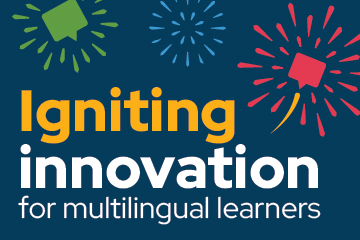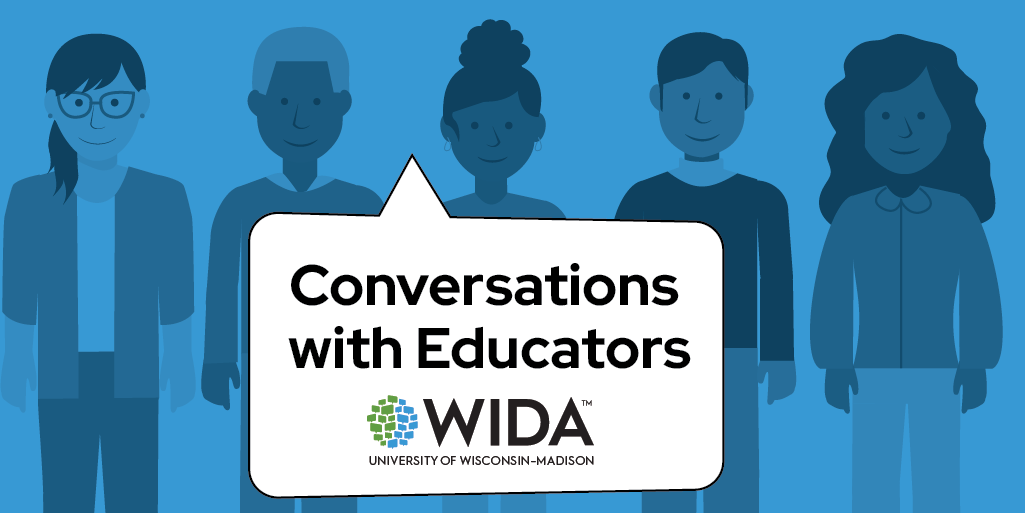Resources/Recursos
Featured Resources

Curriculum Amplification Guide and Template

The Marco ALE de WIDA: A sociocultural approach to the creation of Spanish language arts standards

WIDA Webinar: Strategies for Supporting Multilingual Newcomers
Sorry, no results found. Please try another search. If you are looking for test administration or technology documents, you may need to log into the WIDA Secure Portal or WIDA AMS. If you are looking for the ACCESS for ELLs Checklist, go to your Member/State page.




